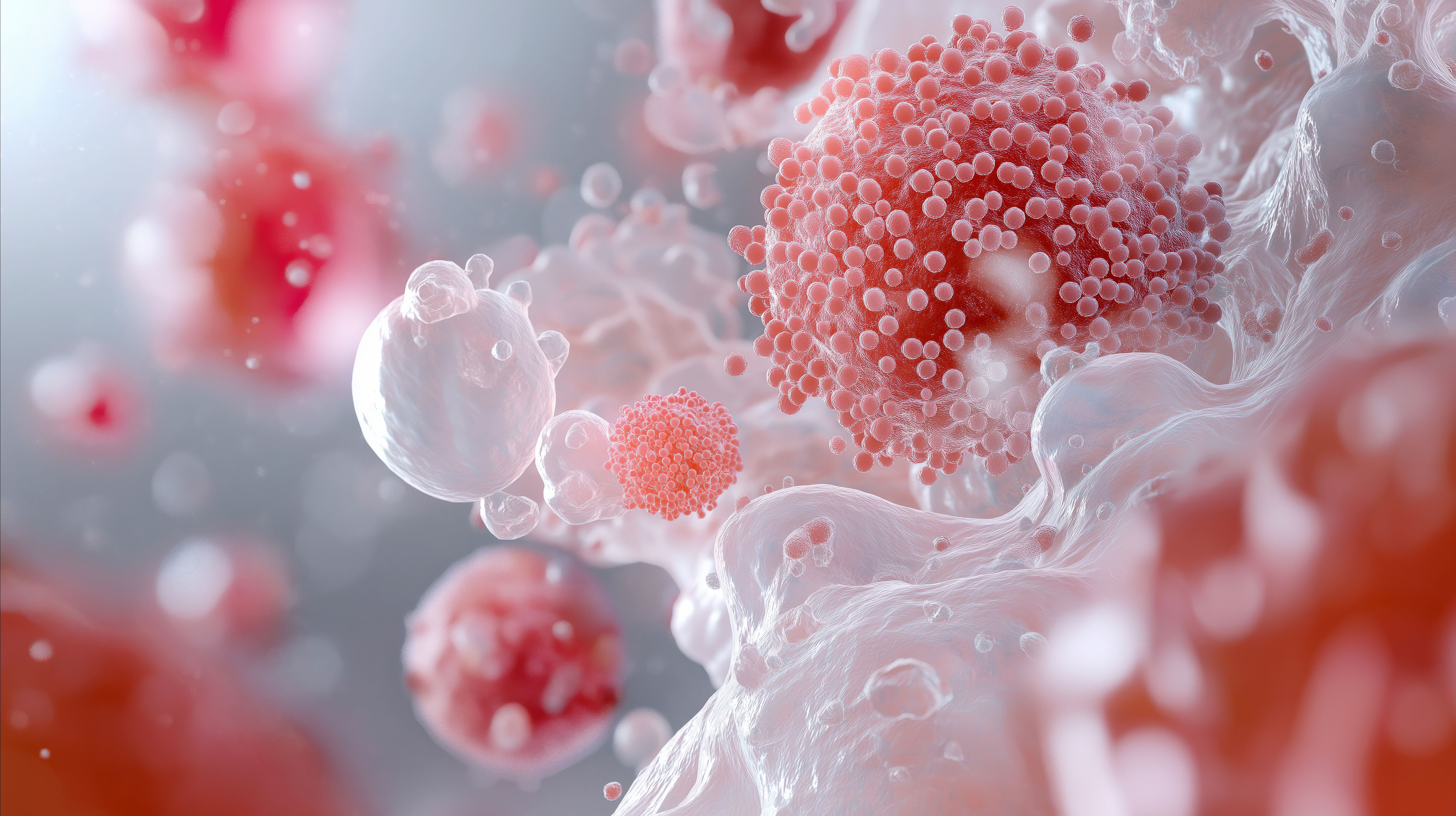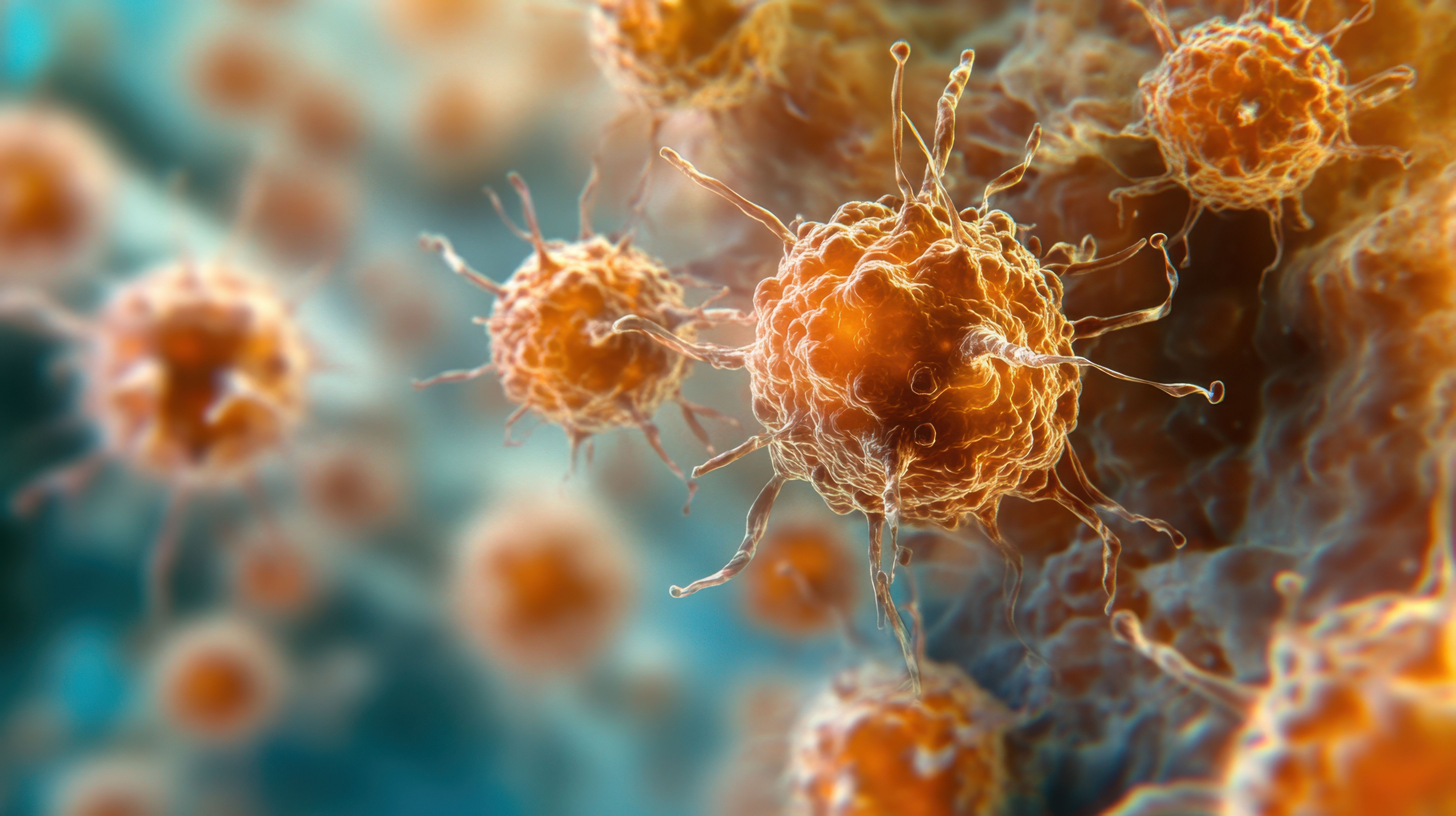News
Article
AACR 2025: Bridging the Diagnostic Gap in Pediatric Sarcomas With AI
Author(s):
Key Takeaways
- Pediatric sarcomas are complex and heterogeneous, requiring precise subtyping for effective treatment, often involving advanced diagnostics not widely available.
- AI models analyzed digital pathology images, achieving high accuracy in classifying sarcoma subtypes, potentially influencing treatment decisions and improving patient outcomes.
AI may help to accurately classify pediatric sarcoma subtypes using digitized pathology images, potentially improving diagnosis and treatment accessibility across diverse health care settings.
Pediatric sarcomas, while rare, represent some of the most complex diagnostic challenges in oncology. These malignancies, originating from connective tissues such as muscle, fat, nerves, and blood vessels, are classified into numerous subtypes based on histological and molecular characteristics. Accurate subtyping is crucial in tailoring effective treatment regimens, many of which depend heavily on the pharmacologic profile specific to each sarcoma subtype.
However, this process often involves advanced molecular diagnostics and expert pathology review, which is not readily accessible in all clinical settings. At the American Association for Cancer Research (AACR) Annual Meeting in Chicago, Illinois, Adam Thiesen, an MD/PhD candidate at UConn Health and The Jackson Laboratory in the lab of Jeffrey Chuang, PhD, presented a study investigating the use of artificial intelligence (AI) to analyze digital pathology images and accurately classify pediatric sarcomas.
Sarcoma cells in a biological environment. Image Credit: © Anna - stock.adobe.com

Sarcomas in children and adolescents are both biologically and clinically heterogeneous. They encompass a wide spectrum of subtypes, including but not limited to Ewing sarcoma, distinguishing rhabdomyosarcoma (RMS), and non-rhabdomyosarcoma soft tissue sarcomas (NRSTS). Traditionally, diagnosing these tumors requires a multimodal approach involving histopathology, immunohistochemistry, cytogenetics, and molecular testing.
“Unfortunately, the heterogeneity of sarcomas makes them particularly difficult to classify, often requiring complex molecular and genetic testing, as well as external review by highly specialized pathologists who use pattern recognition skills honed through years of training to arrive at a diagnosis—resources that are not readily available in many health care settings,” Thiesen said in an AACR statement.
To address this gap, Thiesen’s team leveraged 691 pathology images representing 9 sarcoma subtypes, sourced from multiple leading institutions including Massachusetts General Hospital, Yale New Haven Children’s Hospital, St. Jude Children’s Research Hospital, and the Children’s Oncology Group. These digital slides were harmonized to minimize variation in staining, resolution, and magnification—a crucial preprocessing step that enabled standardized AI analysis across diverse datasets.
Using open-source software, the researchers segmented the slides into smaller tiles. These tiles were then processed using deep learning models, including transformer based multi-head self-attention models trained on a V100 graphics processing unit, which extracted numerical features from the visual data. The image features were statistically summarized and analyzed using the team’s published SAMPLER method. This method allowed the researchers to aggregate tile-level data into meaningful whole-slide representations for classification.
“By digitizing tissue pathology slides, we translated the visual data a pathologist normally studies into numerical data that a computer can analyze,” Thiesen said in an AACR statement. “Much like our cell phones can recognize a person’s face in photos and automatically generate an album of photos of that person, our AI-based models recognize certain tumor morphology patterns in the digitized slides and group them into diagnostic categories associated with specific sarcoma subtypes.”
The AI models achieved a 92.2% accuracy rate in distinguishing Ewing sarcoma from other subtypes, 93.8% accuracy in separating RMS from NRSTS, and 95.1% accuracy in distinguishing between alveolar and embryonal RMS. Additionally, the models classified all 3 RMS subtypes—alveolar, embryonal, and spindle cell—with 87.3% accuracy.
Pharmacologic Implications of Accurate Subtyping
For oncology pharmacists, the implications of this study could be significant. Many sarcoma subtypes differ not only in prognosis but also in their therapeutic response profiles. For example, alveolar RMS is more aggressive and often requires a more intensive chemotherapeutic regimen compared to its embryonal counterpart. Similarly, Ewing sarcoma is treated with a distinct protocol involving agents, such as vincristine, ifosfamide, and etoposide, whereas NRSTS subtypes may respond differently to these same drugs or require alternative agents altogether.
Accurate and timely classification, facilitated by AI, could directly impact the initial choice of chemotherapeutic agents, dosing schedules, and supportive care measures. Moreover, a streamlined diagnostic process could allow for earlier initiation of treatment, potentially improving outcomes and reducing the risk of drug resistance due to delayed therapy.
“Our models are built in such a way that new images can be added and trained with minimal computational equipment,” Thiesen said in an AACR statement. “After the standard data processing, clinicians could theoretically use our models on their own laptops, which could vastly increase accessibility even in under-resourced settings.”
Limitations and the Road Ahead
While the study’s results are promising, Thiesen acknowledged a key limitation: the relatively small size of the dataset. Pediatric sarcomas are rare, making it challenging to assemble large cohorts for training AI models. Nevertheless, this study likely represents the largest multi-institutional dataset of its kind, according to Thiesen. As collaborations expand and more data becomes available, the model’s accuracy and generalizability are expected to improve further.
“Our findings demonstrate that AI-based models can accurately diagnose various subtypes of pediatric sarcoma using only routine pathology images,” Thiesen said in the AACR statement. “This AI-driven model could help provide more pediatric patients access to quick, streamlined, and highly accurate cancer diagnoses regardless of their geographic location or health care setting.”






